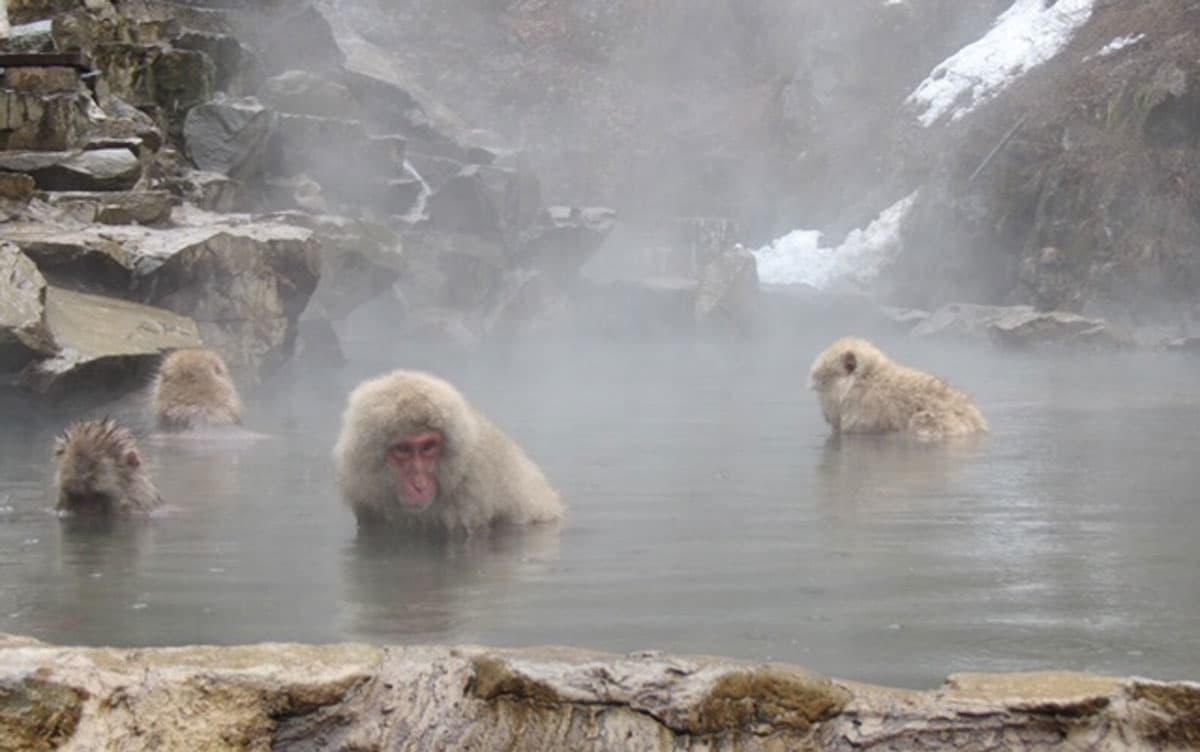Research News
Is Spa Water a Fossil of Water? Uncover the Real Ultra-Deep Water Cycles

Researchers at the University of Tsukuba have made a groundbreaking discovery regarding the origins of non-meteoric water in natural spa waters located in central Japan. Based on numerical modeling, their results suggest that this water has been confined within the lithosphere for an extensive period of 1.5-5 million years. They identified three primary sources for this ancient water: the Philippine Sea Plate, the Pacific Plate, and ancient seafloor sediments, particularly in the Niigata and southwest Gunma regions.
Tsukuba, Japan—Although most natural spa waters primarily originate from atmospheric precipitation, such as rain and snow (known as meteoric water), the present study explored the unique qualities of certain spa waters. By analyzing the stable isotope compositions of hydrogen and oxygen in water molecules, researchers have identified distinct characteristics that indicate the presence of long-trapped lithospheric water. They traced the isotopic evolution of this water through sophisticated numerical modeling, and found that various types of water, including those found deep beneath the seafloor as well as in submarine mud volcanoes, coastal oil field brines, and volcanic steam from plate subduction zones, share a common evolutionary trajectory. Moreover, the researchers developed a novel method for reconstructing the original isotopic composition of lithospheric water by eliminating the effects of meteoric water contamination from the isotopic data of natural spa waters. Using this approach, the researchers calculated the isotopic composition of lithospheric waters at the depths of various spa sites and compared these values with those reconstructed from natural spa waters. Based on the geographical distribution of spa waters, they were categorized into three groups: those consistent with the subduction of the Philippine Sea Plate or the Pacific Plate and those showing minimal isotopic evolution and thus not aligning with either plate.
These findings not only reveal the complex, three-dimensional structure and evolution of ultra-deep water circulation (>100 km deep) but also hold crucial implications for understanding the role of water in seismic and volcanic activities. This research paves the way for advancements in the prediction and forecasting of earthquakes and volcanic eruptions.
###
This work was supported by a Grant-in-Aid for Scientific Research (grant nos. 15H02957 & 19H01370) from Japan Society for the Promotion of Science. The authors thank all managers of individual studied spas for accepting water collection at the spa source.
Original Paper
- Title of original paper:
- Isotopic evolutionary track of water due to interaction with rocks and its use for tracing water cycle through the lithosphere
- Journal:
- Journal of Hydrology
- DOI:
- 10.1016/j.jhydrol.2023.130589
Correspondence
Professor YAMANAKA Tsutomu
Institute of Life and Environmental Sciences, University of Tsukuba
ADACHI Ikuya
Degree Programs in Life and Earth Sciences, Graduate School of Life and Environmental Sciences, University of Tsukuba
Related Link
Institute of Life and Environmental Sciences




